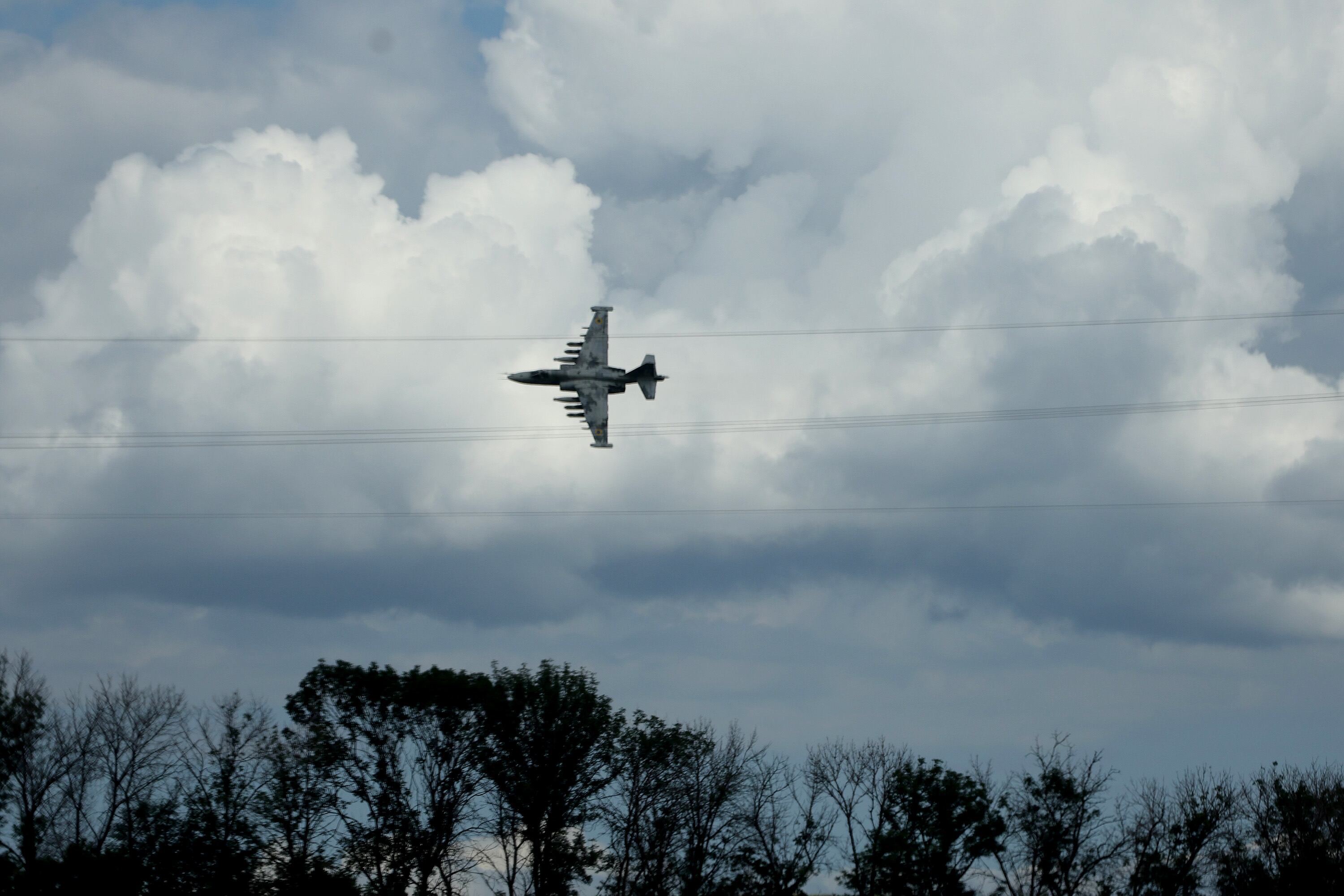WASHINGTON — When Russia invaded Ukraine a year ago, the Kremlin had an air force that could draw on hundreds of MiG and Sukhoi fighter jets in reserve.
Ukraine’s fighter fleet was, by some estimations, far more meager, with 69 jets at most. Experts say that put it at about one-tenth the size of Russia’s.
Ukraine and its supporters say Western fighter jets are now necessary to tip the balance in Ukraine’s favor, while allowing for close air support and air interdiction missions.
“Ukraine never asked the American soldiers to fight on our land instead of us,” Ukrainian President Volodymyr Zelenskyy said during an in-person address to Congress in December. “I assure you that Ukrainian soldiers can perfectly operate American tanks and planes themselves.”
In a February letter to U.S. President Joe Biden, a bipartisan group of lawmakers urged the administration to provide F-16s or other fighters to Ukraine, and to quickly make a decision so the country has time to train its pilots.
“In contrast to the current, ground-based air defense platforms currently used by Ukrainian forces, fighter aircraft’s ability to quickly traverse a large battlespace with a significant weapons payload could prove decisive for control of Ukrainian airspace this year,” the lawmakers — Reps. Jared Golden, D-Maine; Tony Gonzales, R-Texas; Jason Crow, D-Colo.; Mike Gallagher, R-Wis.; and Chrissy Houlahan, D-Pa. — wrote.
Over the last year, the military aid sent from the United States and allies has steadily grown in firepower; weapons include loitering munitions, artillery, High Mobility Artillery Rocket Systems and more. Most recently, after weeks of hesitation, the United States in January approved the delivery of M1 Abrams tanks to Ukraine, alongside Germany’s decision to provide Leopard 2 battle tanks.
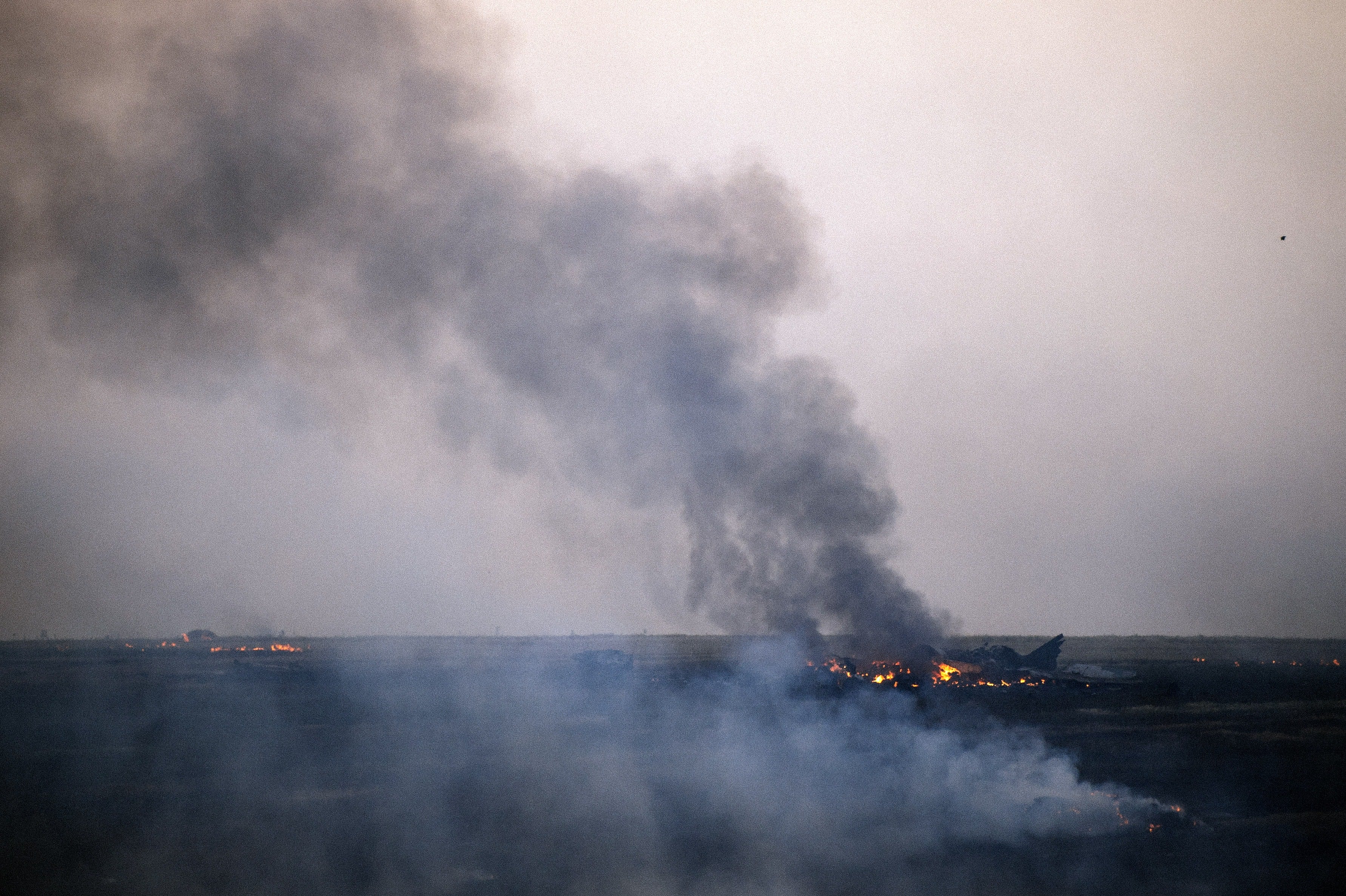
Some Western government leaders have kept the door cracked open when it comes to providing fighter jets, with U.K. Defence Secretary Ben Wallace telling journalists in February: “Don’t rule anything in, don’t rule anything out.”
But not everyone is convinced. Pentagon policy chief Colin Kahl recently told lawmakers weapons for dominating Ukrainian airspace, like Western warplanes, are worth less than air defense equipment aimed at denying the skies to Russia, like the Patriot system.
F-16s or other fighters are “a priority for the Ukrainians, but [are] not one of their top three priorities,” Kahl told the House Armed Services Committee on Feb. 28. “Their top priorities are air defense systems [and] keeping their interceptors and air defense network alive against Russian cruise missiles and the like, and Iranian drones, artillery and fires ... and armor and mechanized systems.”
Kahl said providing even three dozen older F-16s would cost roughly $3 billion — and a bigger fleet could cost as much as $11 billion.
During the same hearing, ranking Democrat Rep. Adam Smith of Washington expressed skepticism about the feasibility and effect providing F-16s would have on the war.
“Even if we basically said there’s nothing more important than that one weapon system and spent all of our time and all of our resources on doing it, the best case scenario [is] we could maybe get some operational F-16s into Ukraine within a year, maybe eight months if we really pushed it,” Smith said. “And this is getting lucky. Because you don’t just have to train the pilots; you have to train the mechanics, you have to have airfields that can accommodate the F-16 and you have to have the spare parts to make it work.”
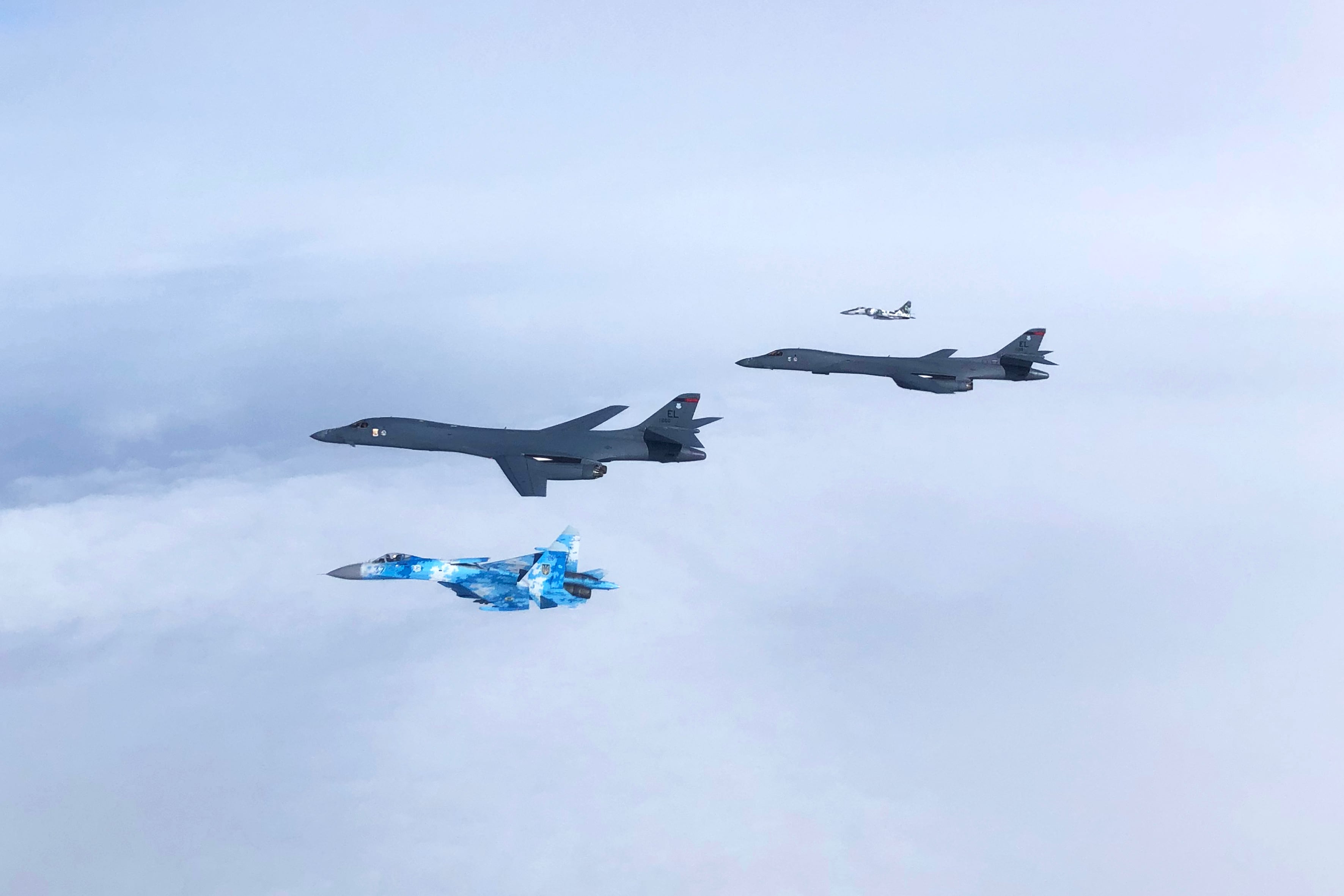
‘An existential fight’
Ukraine’s fighter pilots fly MiG-29 Fulcrum and Sukhoi Su-27 Flanker jets. Flight International’s 2022 almanac of air forces listed the Ukrainian service as having 43 MiG-29s and 26 Su-27s in its fleet.
But Justin Bronk, a senior research fellow for air power and technology at the U.K.-based Royal United Services Institute think tank, said Flight International’s tally is “quite optimistic.” Ukraine’s real situation is much more troubled, he said, though he declined to provide specific examples, citing security reasons. Bronk, who is also a professor at the Royal Norwegian Air Force Academy, has extensively researched Ukraine’s military needs and traveled to the country last fall.
Russia, on the other hand, has roughly 370 MiG-29, -31 and -35 fighters as well as 350 Su-27, -30 and -35 fighters, according to Flight International’s almanac. Fighters such as the MiG-35 and Su-35 in Russia’s fleet are also more advanced than Ukraine’s.
Russia has several significant advantages over Ukraine’s Air Force, Bronk noted, besides quantity. Russian fighters have “drastically better” radar and missile capabilities, he said. The country also has airborne early warning and command-and-control aircraft, which Ukraine lacks, as well as better ground-based air defenses with the radar to support them.
Newer, more advanced fighters and weapons would allow Ukraine to suppress enemy air defenses, according to Heather Penney, a former F-16 pilot and now a senior resident fellow at the Mitchell Institute for Aerospace Studies. With those cleared, she added, Ukraine could then carry out close air support missions and interdiction strikes against Russian tank columns, artillery emplacements, massed infantry and ships.
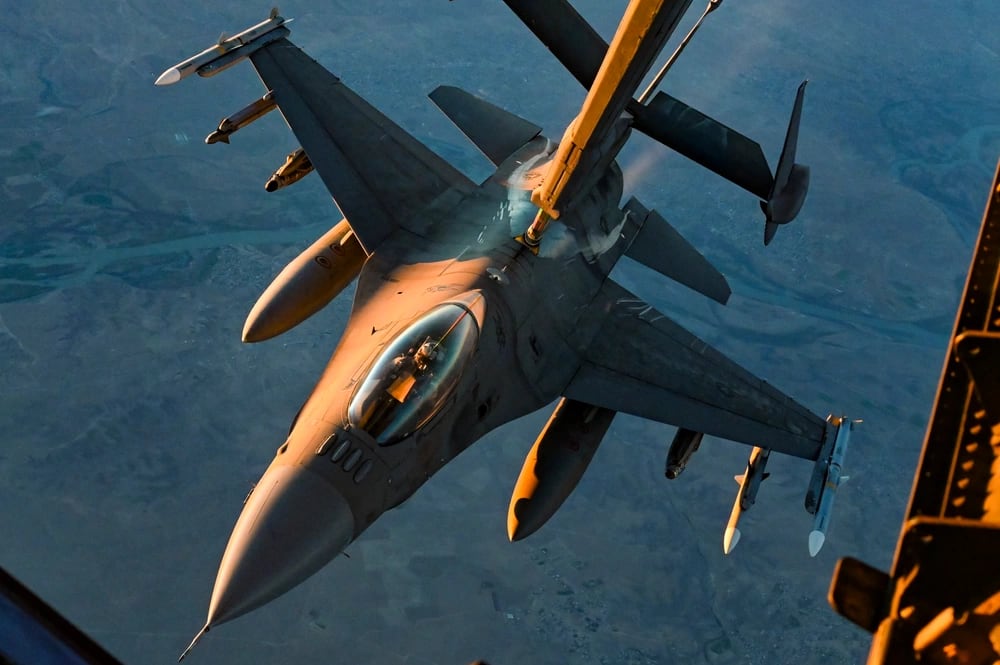
This would relieve pressure on Ukraine’s land forces and free them up to conduct their own operations.
As for drones, Ukraine has creatively used them, Penney said, but they “are not going to turn the tide of the conflict.”
For example, Ukraine used its handful of inexpensive Turkish Bayraktar TB2 drones to bomb Russian vehicles and other military targets in the war’s initial months. Ukraine has also used U.S.-provided loitering munitions, such as the AeroVironment-made Switchblade 300 and 600 and the Air Force-developed Phoenix Ghost.
But the U.S. is so far balking at sending Ukraine more advanced drones such as the Grey Eagle and MQ-9 Reaper.
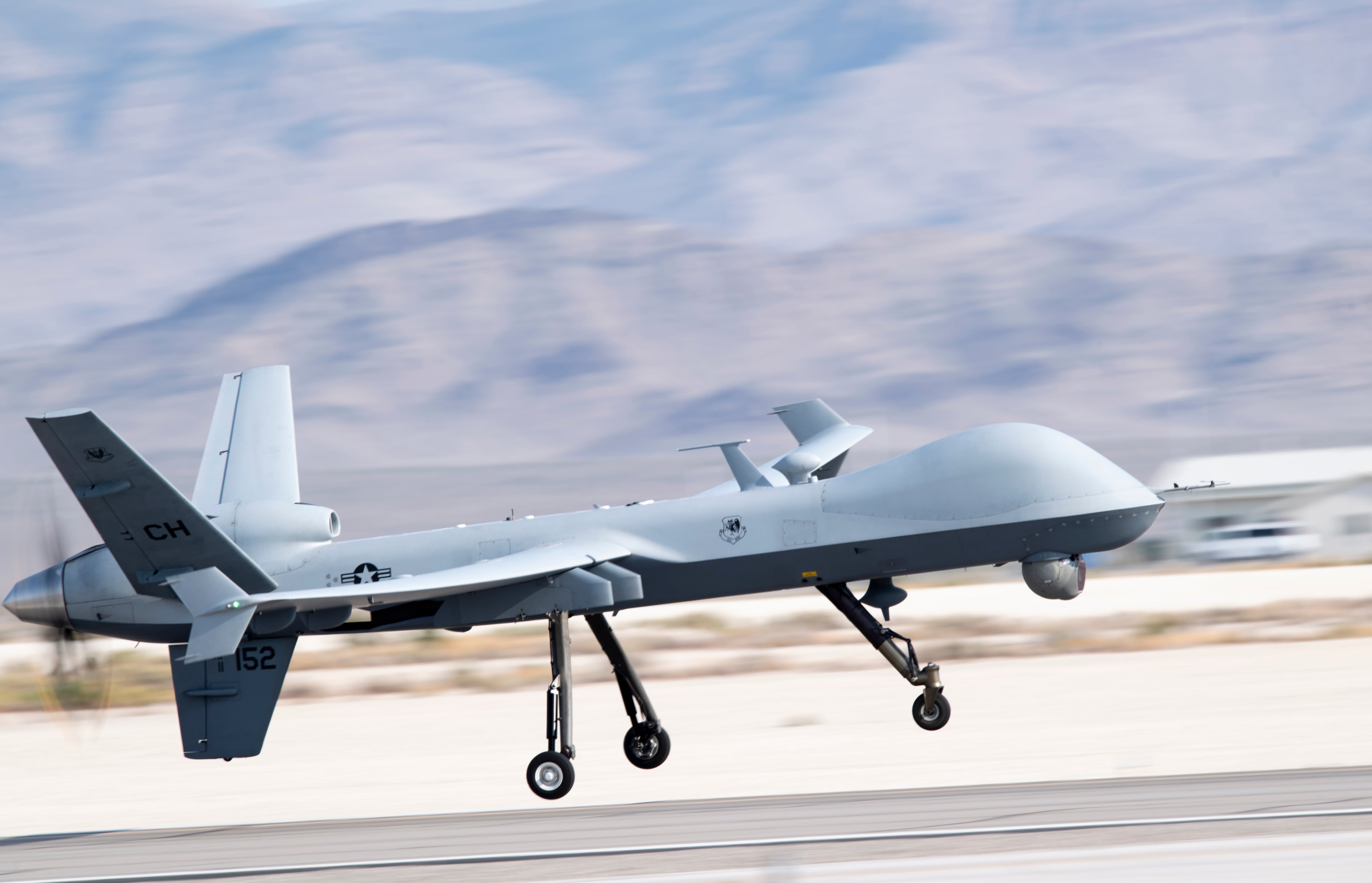
The country is not lacking for pilots, Bronk said, but the problem is they don’t have enough airworthy jets. Ukraine is having an especially hard time with its Flanker availability, he added.
The fact that Ukraine’s fighter fleet is Russian-made severely limits its access to spare parts, which worsens aircraft availability. That is a major reason Ukraine must move away from MiGs and Sukhois and toward Western fighters, U.S. Air Force Chief of Staff Gen. CQ Brown said at the July 2022 Aspen Security Forum.
Brown cited the Swedish Gripen, the French Rafale and the European Eurofighter as possible candidates for Ukraine’s future fleet, besides American-made fighters.
Since Russia launched its invasion, Bronk said, Ukraine has bolstered its fighter fleet as much as it can by “aggressively” renovating aircraft that weren’t airworthy, and by dragging old frames out of mothballs to repair them.
“Those probably wouldn’t meet peacetime airworthiness — certainly not combat readiness — standards,” Bronk said. “But they’re in an existential fight, so of course they are making use of what they can.”
Considering the options
Ukraine has frequently asked for Western aircraft such as the Lockheed Martin-made F-16, but Bronk said the unique challenges its Air Force faces means there are better options.
Keeping an array of small air bases operational is tricky, he said, and Ukraine wouldn’t be able to resurface all its runways to keep them smooth and neat. In the chaos of war, he explained, Ukraine also might be unable to keep its runways regularly cleared of foreign object debris, which could prove devastating for the F-16, given its large, wide air intake below its fuselage that could suck up the rubbish.
Debris would also leave its undercarriage susceptible to damage if it kicks up any during takeoff or landing, he added.
The F-16 “is a lightweight fighter designed for nice runways,” Bronk said. “Most Ukrainian runways are pretty rough. So if they’re moving around like that, the fighter has to be [able to] handle it and not suffer a massive increase in maintenance [needs], and the support equipment and maintenance arrangements have to be able to do it.”
Western fighters in Ukraine would immediately become priority targets for Russia, Bronk said, which would likely force Ukraine to continue its strategy of dispersing aircraft and moving them around. That would present further complications for the F-16, as its ground support equipment tends to be bulky and hard to disperse, he added.
A better option for Ukraine might be the Gripen, Bronk said, as its standard maintenance and logistics equipment can be loaded into standard 20-foot shipping containers and easily moved on trucks.
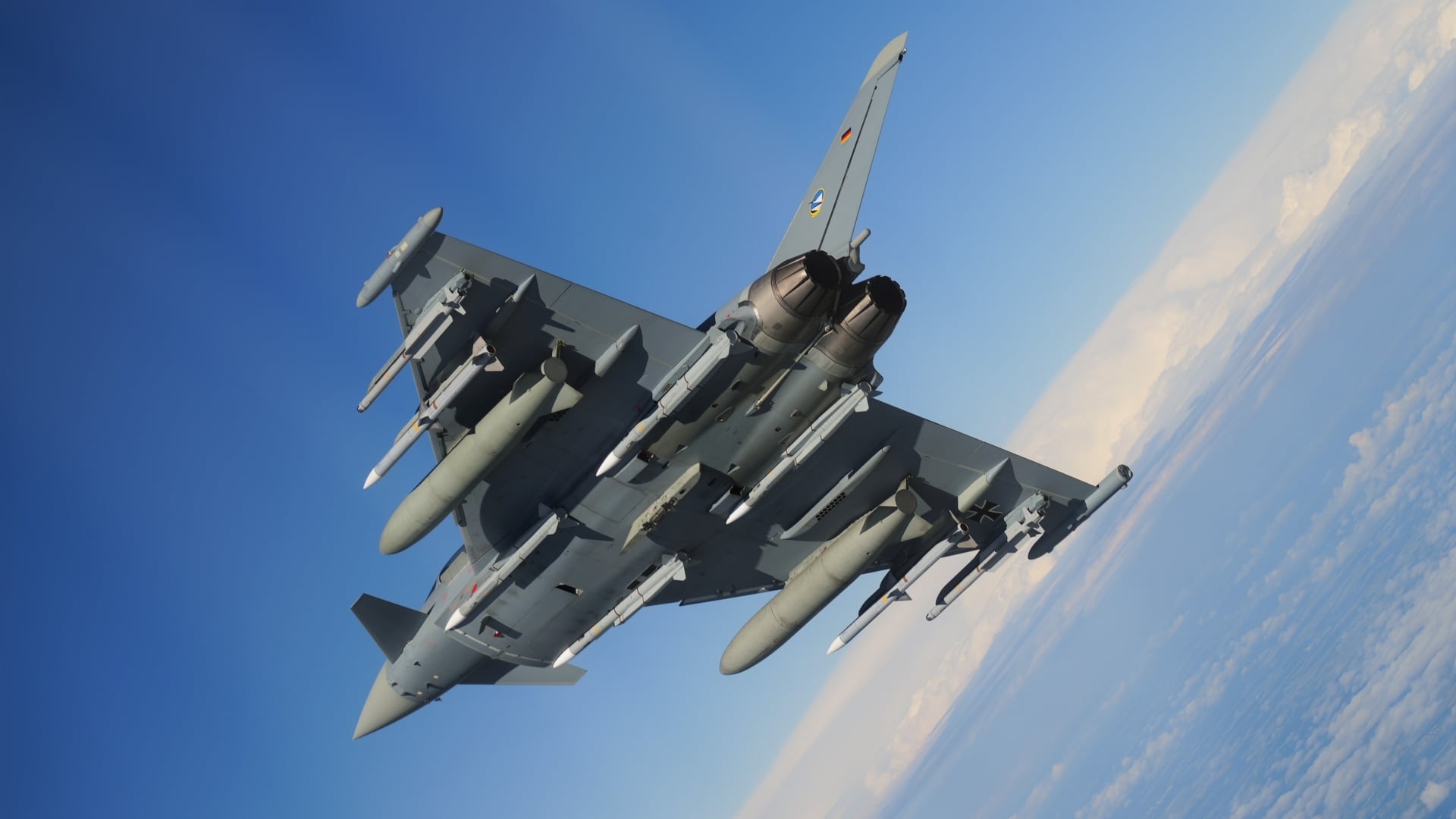
The Boeing-made F-18, designed for salty sea environments and more rugged than the F-16, is another option, Bronk said, and its support equipment is compact enough for Ukraine’s needs.
But while Western fighters are easier to fly than the MiG and Sukhoi aircraft, Bronk added, their mission systems and weapons technology are more complicated.
Training Ukrainian pilots — especially their experienced fighter pilots — on Western fourth-generation fighters shouldn’t be too hard, Penney said. It generally takes the U.S. Air Force eight months to a year to qualify its pilots on their fighters.
“They don’t need to be perfect, Penney said. “They need to be just good enough … that they can execute in combat.”
She said the U.S. could develop a streamlined, accelerated training program for Ukrainian pilots that would last two to two-and-a-half months.
But John Venable, a former F-16 pilot and senior defense fellow at the Heritage Foundation think tank, said properly training Ukrainian pilots to employ the F-16 would be tricky.
“Learning to fly the F-16 is easy for a pilot,” Venable said. “Learning to employ the F-16 is hard.”
Training maintainers how to fix these fighters would also be a challenge, he added.
But the status quo, Penney said, is untenable. Without a modernized Ukrainian Air Force, she explained, the conflict has become a war of attrition, echoing the trench warfare of World War I.
That places Ukraine in a dire situation, she added.
“Ukraine only has so many people they can feed into the meat grinder of land warfare,” Penney said. “They need to move this into the third dimension, and you do that with aircraft.”
Stephen Losey is the air warfare reporter for Defense News. He previously covered leadership and personnel issues at Air Force Times, and the Pentagon, special operations and air warfare at Military.com. He has traveled to the Middle East to cover U.S. Air Force operations.
